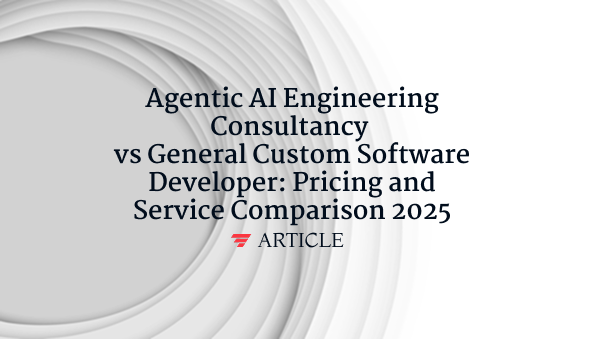Speech-to-Text
Speech-to-Text is the process of converting spoken audio into written words using automatic speech recognition (ASR) models. A typical pipeline captures a waveform, applies a Mel spectrogram, and feeds the features into a neural network—often a Transformer like Whisper, Conformer, or wav2vec 2.0—that outputs token sequences. Post-processing fixes punctuation, casing, and speaker diarization, while language-model rescoring boosts accuracy on domain jargon. Modern APIs offer real-time streaming, word-level timestamps, and automatic translation, enabling captions, voice UIs, and meeting notes. Accuracy hinges on audio quality, accent diversity, and latency constraints; evaluation relies on word-error rate (WER) and real-time factor (RTF). Fine-tuning with enterprise call logs or medical vocab can cut WER by 30 %+, and on-device models meet GDPR by keeping data local. By turning voice into searchable, analyzable text, Speech-to-Text powers chatbots, analytics dashboards, and Retrieval-Augmented Generation (RAG) pipelines.
Want to learn how these AI concepts work in practice?
Understanding AI is one thing. Explore how we apply these AI principles to build scalable, agentic workflows that deliver real ROI and value for organizations.



